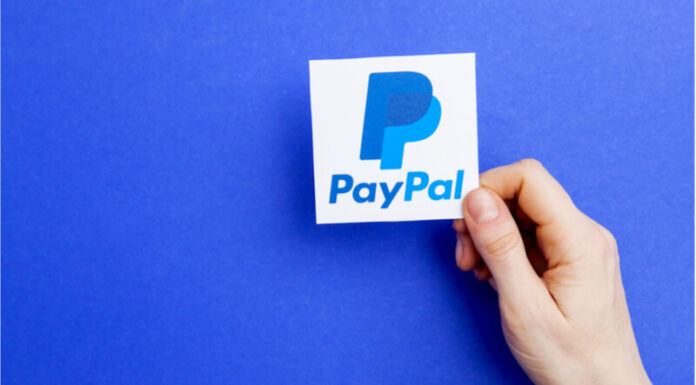PayPal is the elder statesman of all the whizzy payment platforms out there. The original fintech start-up was probably around before the word fintech came into common parlance. It was set up as a peer-to-peer payment transaction platform in the days when the usual way to get money to your mates was cash or check. Started in Silicon Valley by Peter Thiel, Max Levchin, and Luke Nosek, PayPal was one of Confinity’s products. Launched in late 1999, PayPal became one of the biggest names in online payments. Confinity merged with Elon Musk’s X Bank in 2000 and was bought up by eBay in 2002. It became the only way to transact on the platform, ensuring that buyers and sellers did not have to share any financial information besides their email addresses.
Finding New Markets
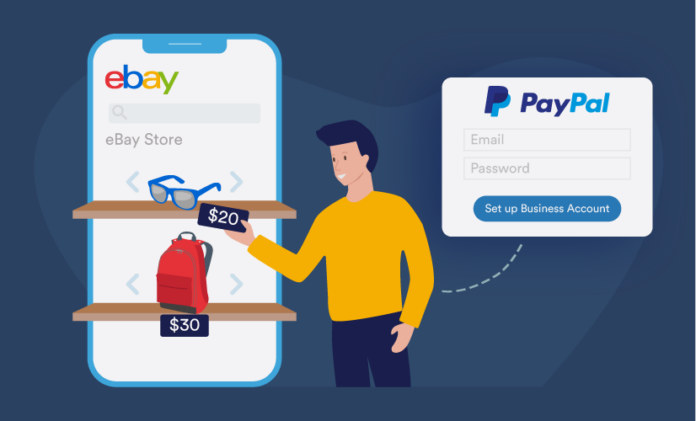
PayPal and eBay parted company in 2015 to allow both parties to grow their businesses in other areas. The two enterprises drew up an agreement that allowed PayPal and eBay to create partnerships with each other’s competitors but prevented them from becoming direct competitors in their core businesses. As a result, by 2020, while PayPal was still a payment option at eBay’s checkout, it was no longer prominently featured ahead of debit and credit card options.
PayPal Continues to Innovate
While the founders of PayPal might be long gone from the company, it has remained as innovative as ever and continues to disrupt payment services. For example, freed from the shackles of eBay, one of the first things PayPal did was to partner with other online retailers, giving consumers the chance to pay with PayPal wherever they shop online. In addition, people expected to have the option to pay with PayPal at checkout, and retailers found that offering this service reduced checkout abandonment considerably.
Pay For Your Groceries
You probably already know that you can pay online at most stores with PayPal, but did you know that you can also use it to pay for your groceries? Again, you do not need to do anything different from usual.
Go online. Select the day you want the delivery or the date to collect the groceries. Then choose all your usual store cupboard and fresh food produce as you always do. Next, when you click through to the checkout at Walmart, for example, you can select PayPal at the option. You will then be transferred to your PayPal account to approve the purchase. If you have different bank accounts connected to your PayPal account, you can choose the account or debit card to which you want to charge the shopping.
PayPal Casinos
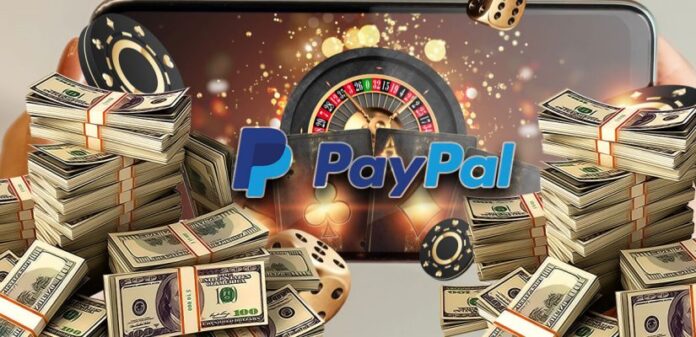
We think you might not know that if you like an online flutter, you can use your PayPal account at a wide range of casinos. Obviously, you can only do this in states where it is legal to place online bets. A website like Time2play.com has plenty of details about which online casinos are the best for playing with real money using PayPal. You can deposit and withdraw money using your PayPal account; some casinos even offer free credit when you sign up. Using your PayPal account just provides you with that extra layer of security.
Pay In Person with QR Code
We all know that we can use PayPal online. For many of us, it is the go-to payment method, particularly when dealing with smaller merchants or sending money to family or friends. However, did you also know that many establishments now allow you to use your PayPal app to pay in person in-store? Many independent retailers and larger outlets now have PayPal POS by the till with a QR code.
You must have the PayPal app on your phone to use this payment method. When your purchase is complete, you scan the QR code with your phone, which will open up the app. This activates the in-store checkout, and you will be prompted to choose which source of funds you want to pay from. You will be given the choices you usually see on screen, such as your PayPal balance, credit/debit card, or bank account. Your in-store purchase will settle immediately, and the cashier will get a notification that the sale is complete.
Rewarding Itself
PayPal has also made some recent diversifications recently. At the back end of 2019, they acquired Honey Science Corporation for $4 billion. The deal was completed in 2020 and aims to transform the shopping experience for PayPal’s customers. Honey is a technology platform that automatically rewards shoppers with money off and points when shopping online.
A Spoonful of Honey
Honey was founded in 2012 and is best known for its ability to help consumers find savings as they shop. They have expanded their suite of products and services and now offer a mobile shopping assistant. In addition, there is now a rewards program, as well as price-tracking tools and alerts. The service has over seventeen million active monthly users. They say they helped their users save over $1 billion in 2020. In addition, they have around 30,000 sites signed up to their platform and offer discounts and reward points for everything from pizza delivery to fashion and tech.
What Does PayPal Say About It?
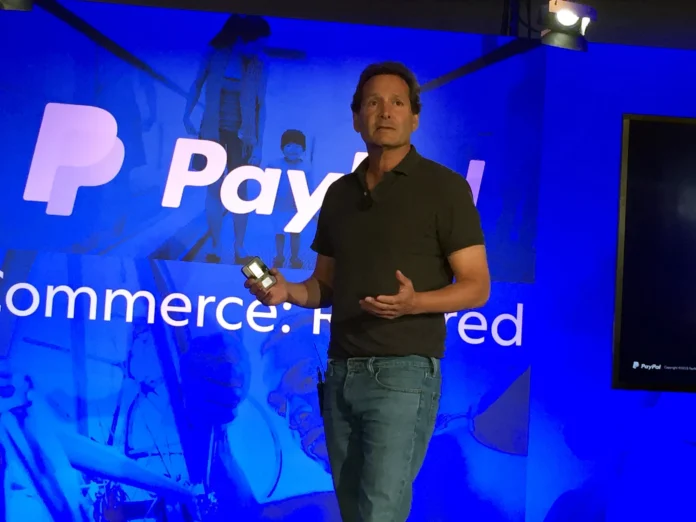
Dan Schulman, president, and CEO of PayPal said,
“Honey is amongst the most transformative acquisitions in PayPal’s history. It provides a broad portfolio of services to simplify the consumer shopping experience, while at the same time, making it more affordable and rewarding.”
He described how the acquisition would benefit both of the businesses, saying,
“The combination of Honey’s complementary consumer products with our platform will significantly enhance our ability to drive engagement and play a more meaningful role in the daily lives of our consumers. As a partner of choice for our merchants, this is another way that we can help them build and strengthen their customer relationships, provide personalized offers, and drive incremental sales. The combination of Honey and PayPal adds another significant and meaningful dimension to our two-sided platform.”
PayPal Everywhere?
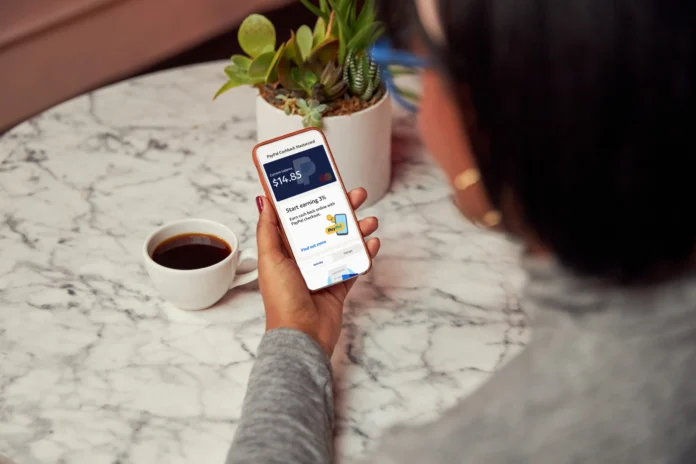
What started as a simple peer-to-peer money transfer platform has become a payment institution. While it is not possible to pay with PayPal in every situation, it is increasingly an option in more and more transactions. Based on its acquisition of Honey, it is evident that PayPal has even greater ambitions than simply being another merchant services provider or money transfer platform. It may have been born to service the Dot Com boom era, but it avoided the Dot Com bust.
